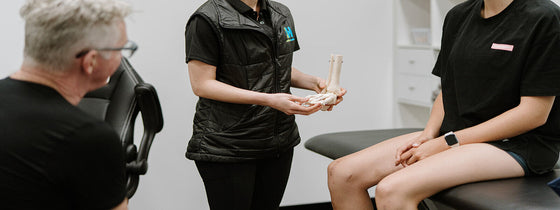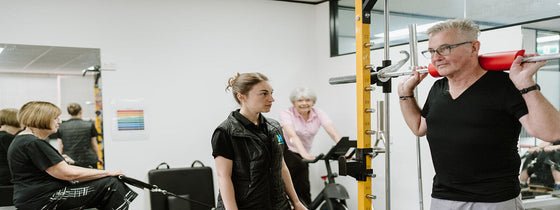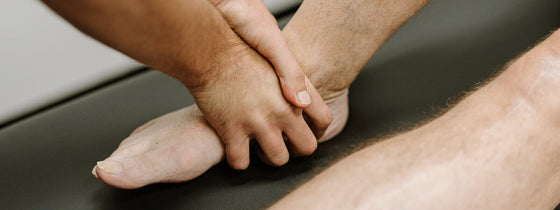
October 04, 2018
The FMS is a series of 7 fundamental human movement patterns.
Each movement pattern screens varying levels of mobility, stability and motor control.
These are the three baseline factors that are pivotal to human movement competency.
How does this relate to Triathletes?
Triathlons are exceptionally demanding on the human body, requiring full body movement quality, at varying levels of difficulty.
If any of these patterns or their foundations are not adequate or optimal, they are deemed to be contributing to a potential loss in performance, along with being risk factor for injury potential.
The movement screen will test just this.
Distinguishing movement patterns from painful, inadequate, adequate and optimal.
By completion of the screen, a greater understanding of how an individuals body functions is obtained. From here a tailored corrective program featuring stretches and exercises will be put into place.
As the changes being made in the system are not working the realms of strength or endurance, results can be achieved very quickly (days/weeks for some). Therefore immediate results in performance can be made.
The criteria for the FMS involves…
If you’re interested in this assessment to improve your performance, get in contact with us to lock in an appointment time with Mike.

August 14, 2025
If you're experiencing back or neck pain with neurological signs and symptoms, a thorough neurological examination is crucial for accurate assessment and effective treatment. In this Optimal Tip learn more about what we mean by completing a neurological exam!

August 08, 2025
Squats, deadlifts, and calf raises are key movement patterns that should be part of every strength and conditioning program—regardless of age and activity level. These functional movements support joint health, improve posture and balance, and reduce the risk of injury while building strength where it matters most.

August 04, 2025
A ganglion cyst is a fluid-filled swelling that typically forms over a joint or tendon sheath, causing discomfort and pain, especially when pressing against nerves or joints. Proper assessment and treatment, including physiotherapy, are essential for managing symptoms and improving function in the presence of a ganglion in your hand, foot, or wrist.
